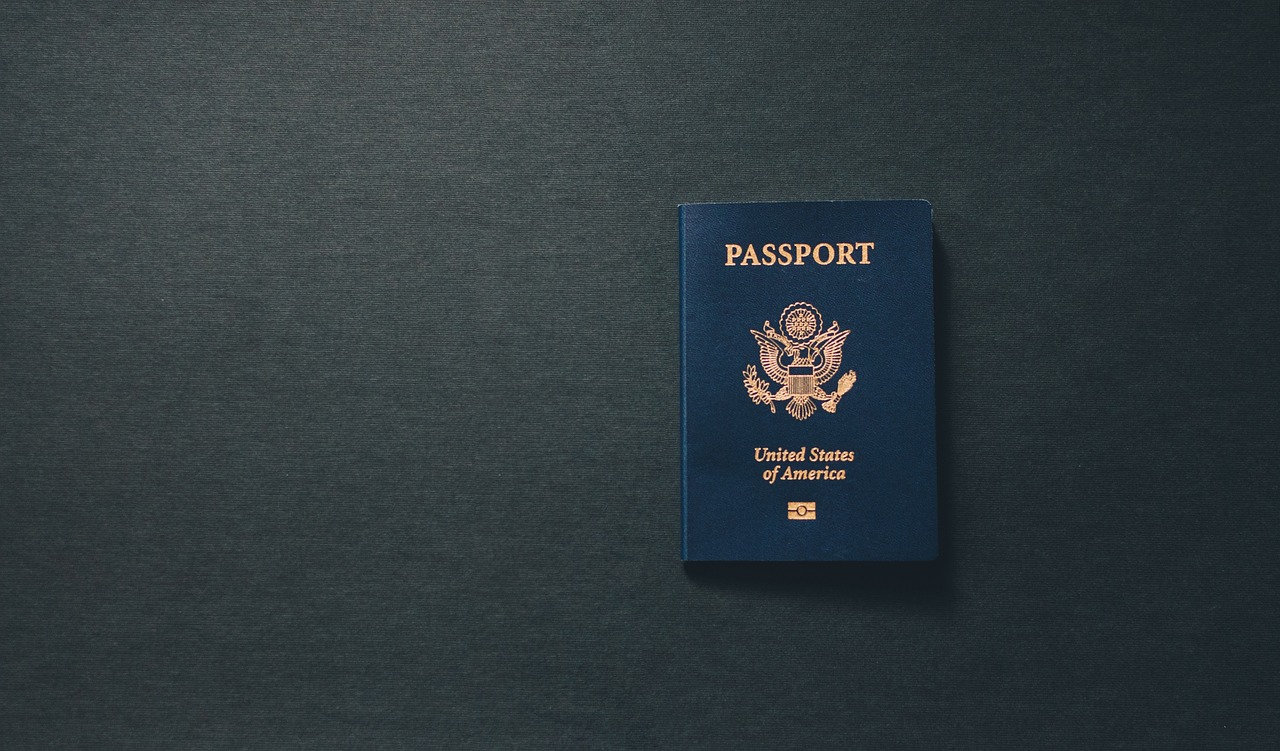
Do you need a passport to go to Puerto Rico? Planning a trip to Puerto Rico often raises questions about travel documentation. As an unincorporated territory of the United States, Puerto Rico enjoys a unique status that affects the travel requirements needed to enter the area. So, do you need a passport for Puerto Rico? Let’s dive into the details to provide clarity on this matter.
Do you need a passport to go to Puerto Rico? The bottom line
No, you do not need a passport to go to Puerto Rico as a United States citizen. Puerto Rico is part of a group of U.S. territories that does not require travelers to present a passport at the border. However, if you are not a United States citizen, different entry requirements may apply, and it is always a good idea to double-check the details of your specific situation.
Can I travel to Puerto Rico with just my driver’s license?
The short answer is yes. U.S. citizens can travel to Puerto Rico using only a government-issued photo ID, such as a driver’s license or state ID card. However, starting on May 7, 2025, if you do not have a passport, you will need a REAL ID to fly domestically in the United States, which includes the territory of Puerto Rico. Without the ID, you can still use a passport.
What documents do I need to go to Puerto Rico?
As long as you are a U.S. citizen, a valid government-issued photo ID, such as a driver’s license, suffices for travel to Puerto Rico. However, make sure you double-check your ID’s expiration date before your trip to ensure that it remains valid throughout your stay in Puerto Rico.
What islands can you go to with just a passport?
While Puerto Rico may not require a passport, other destinations in the Caribbean do. So, if you plan on traveling to multiple different destinations, make sure you research entry requirements for other islands in the region.
Many Caribbean nations and territories, such as the Bahamas, Jamaica, and the Dominican Republic, require U.S. citizens to present a valid passport upon entry. However, other U.S. territories like American Samoa, Guam, the Northern Mariana Islands, and the U.S. Virgin Islands do not require travelers to hold a valid passport.
Is Puerto Rico a domestic flight?
Yes, flying to Puerto Rico from the mainland United States is considered a domestic flight. Since Puerto Rico is a part of the United States, flights are treated similarly to domestic flights within the contiguous U.S. This means that you will undergo security screening but won’t encounter customs and immigration procedures when arriving in Puerto Rico.

Book your trip to Puerto Rico today
Traveling to Puerto Rico is quite straightforward when it comes to documentation. A valid government-issued ID is all you need to explore this exciting Caribbean destination. However, it is never a bad idea to bring along a backup form of identification, and a passport is a perfect choice!




